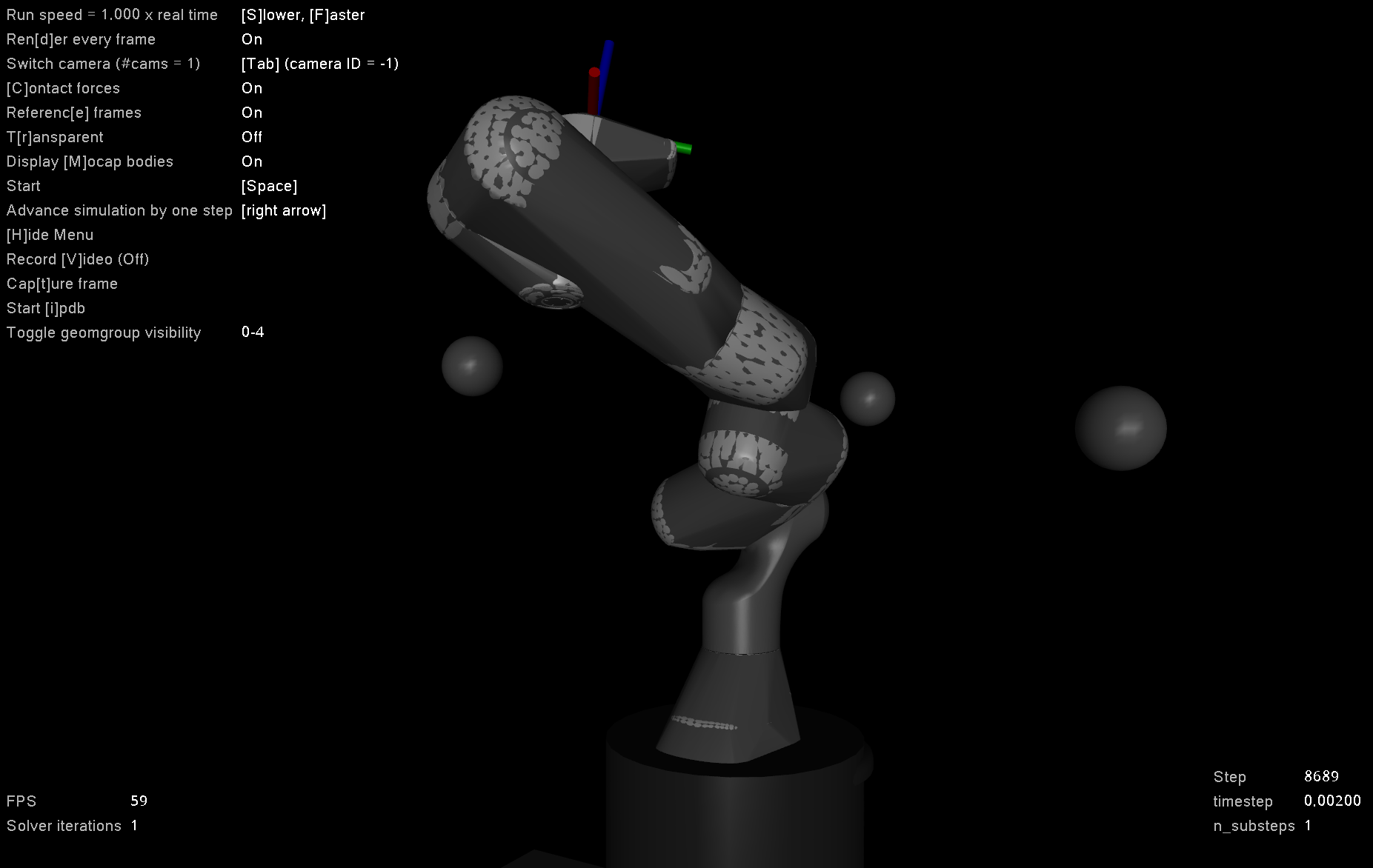Learning Robot Models
Traditional controller design for robots either uses model-free motor-level PID controllers or model-based controllers based on the Euler-Lagrangian models \[ M(q) \ddot q + C(q,\dot q) \dot q + G(q) = u, \] where \(q\) represents the robot's joint angles and \(u\) represents the torques applied on the corresponding joint axes.
In practice, model-free PID controllers for robots work well only over a limited range operating conditions. In contrast, model-based controllers are far superior, but these models are difficult to obtain. This research direction seeks to develop algorithms that efficiently learn these models, without relying on a parametric model provided by a human.
Self-Supervised Learning of The Conservative Force Vector

We are developing sample-efficient algorithms for learning the vector of conservative forces acting on a robot, without any explicit specification of the number of passive energy-storing elements on the robot. This development uses the MuJoCo multi-contact physics engine, with validation on a real Franka Emika Panda robot.